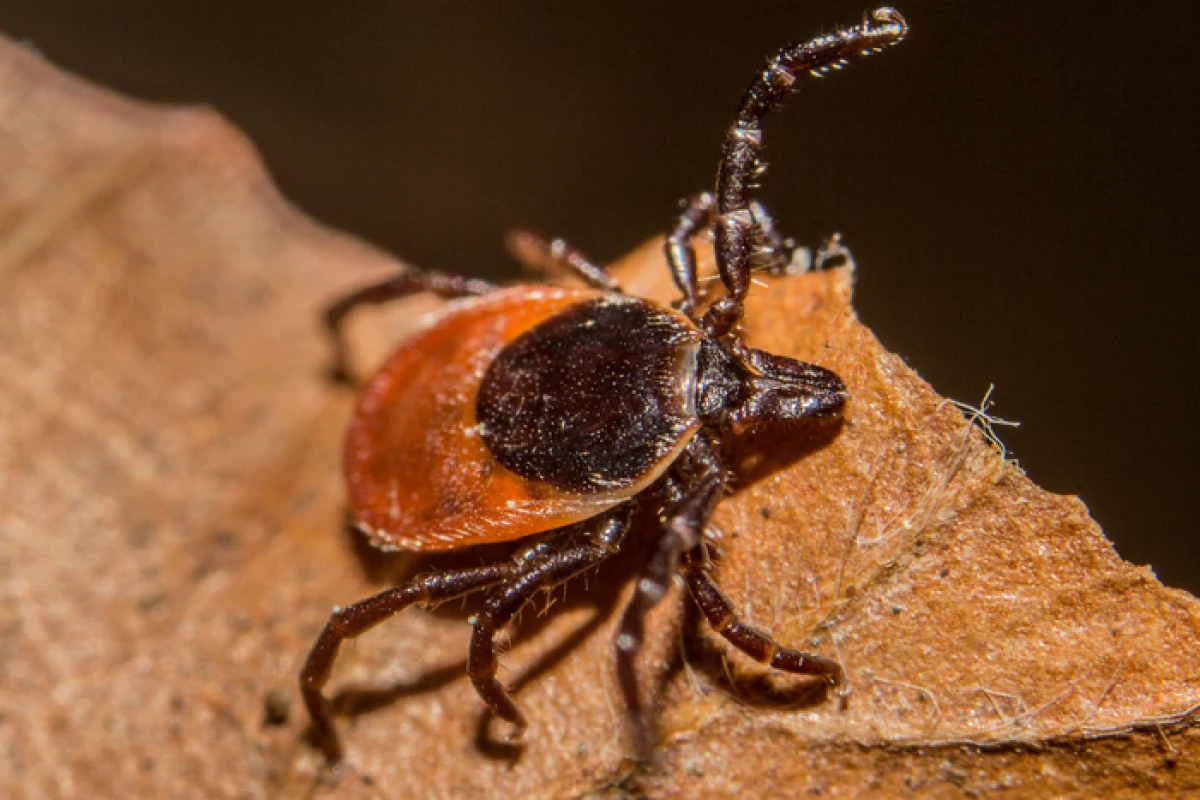By studying the eating habits of the bacterium that causes Lyme disease, scientists have pinpointed a new mechanism that could be used for early diagnosis, and potentially prevent its worst effects. The team has identified a new antibody people produce in response to bites from an infected tick, which they say can also show when people are cured and help distinguish reinfections from other ailments.
Lyme disease affects almost 500,000 people in the US every year and can cause fevers, headaches, rashes, and on the more serious side of things, damage to the heart, brain and nervous system. Antibiotics are largely effective at curtailing the condition, and we've seen some promising advances that could improve treatment effectiveness even further.
Tests for Lyme disease exist but do have their limitations. They work by detecting antibodies made by the body in response to infection, but these can take weeks to develop so the test may not detect a recent infection. Further, the antibodies can persist in the blood for months or years after an infection is gone, making it difficult to tell whether someone has been cured.
“Traditional Lyme tests can stay positive for prolonged periods of time after treatment – years or even a lifetime,” said Peter Gwynne, study author from Tufts University. “As a result, for some individuals suffering from symptoms that resemble long-term Lyme disease infection, clinicians are never sure whether the patient has persistent Lyme disease, was cured and then reinfected, or was cured and is suffering from something else.”
The scientists started out by studying the way the bacterium that causes Lyme disease, Borrelia burgdorferi, acquires nutrients from its surrounding environment to fuel its growth.
“In the process of our research, we found that the organism takes fats called phospholipids directly from its surroundings in the host, and puts them on its surface,” says study author Linden Hu. “That finding led us to look to see if the direct use of a host fat by the bacteria might lead the immune system to recognize it as a foreign substance and create antibodies to it.”
The scientists indeed found that both animals and human patients infected with Borrelia burgdorferi did develop autoantibodies in response, which are antibodies that mistakenly target the host's own tissues and organs. Because of this and the damage they can cause, autoantibodies are often short-lived and tend to go away soon after their trigger is removed.
This quick increase and decrease in the autoantibody numbers could serve as the basis for a rapid test that can address some shortcomings with current diagnosis techniques, according to the scientists.
“The anti-phospholipid autoantibodies – because of their quick increase and quick resolution with treatment– can fill these gaps as a novel additional test,” Gwynne said. “They may make it possible to tell whether treatment has eradicated the Lyme disease bacteria. And they therefore also make it possible to tell if a patient with a prior infection now has a new infection.”
With a provisional patent for the technique, the scientists hope, following further research, a diagnostics company can translate it into a commercial test within the next couple of years. They also plan to explore the idea that these autoantibodies can help reveal people suffering from persistent symptoms of Lyme disease. This can occur in up to 20 percent of patients and can only be diagnosed through clinical symptoms, making it hard to separate the condition from other lingering ailments.
“If there ends up being a link between having persistent Lyme symptoms and these autoantibodies, this would be the first test that could be used to distinguish a group of patients who have persistent Lyme disease,” said Hu. “It would allow us to test specific new therapies targeted to a defined mechanism.”
The research was published in the Journal of Clinical Investigation.
Source: Tufts University




